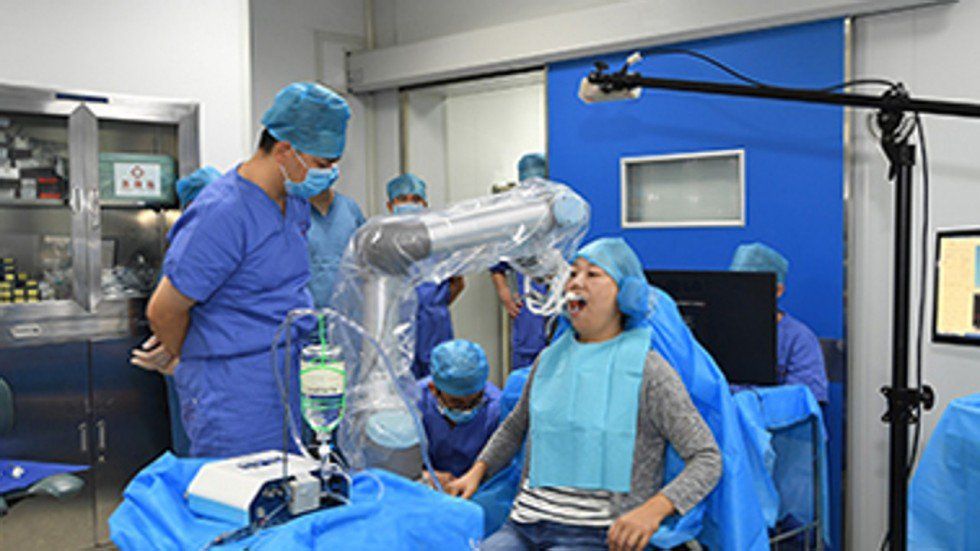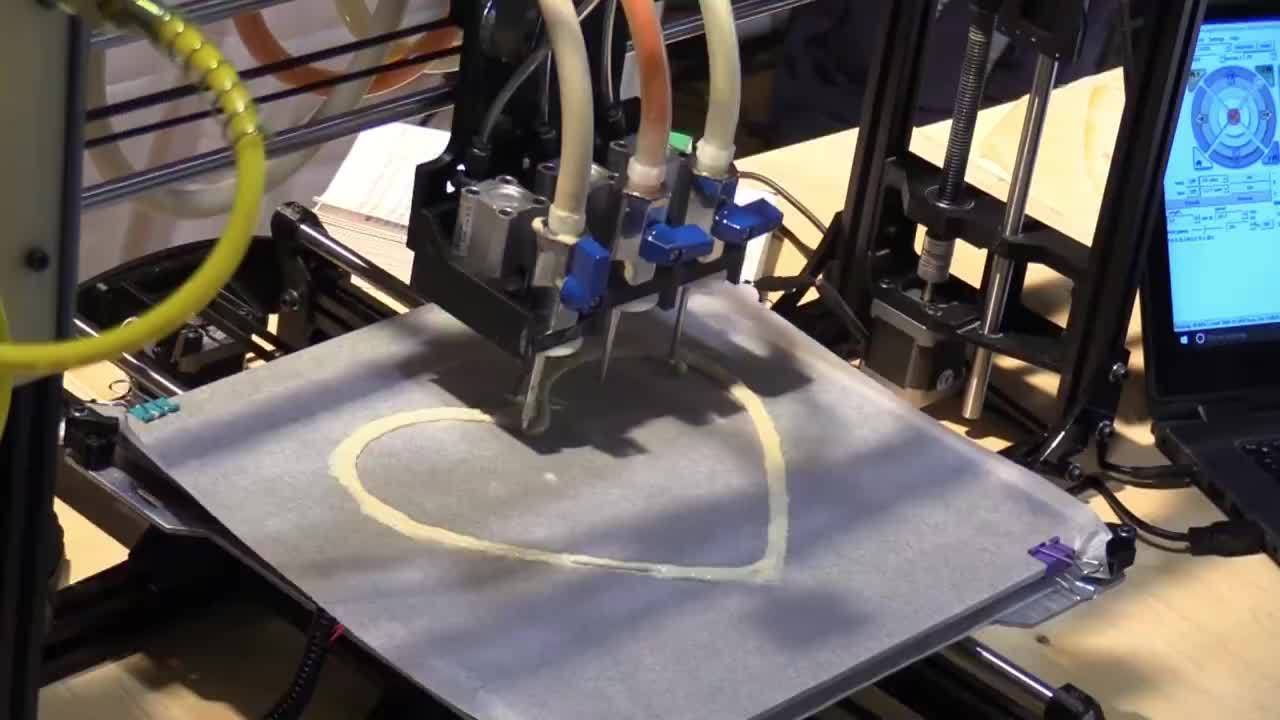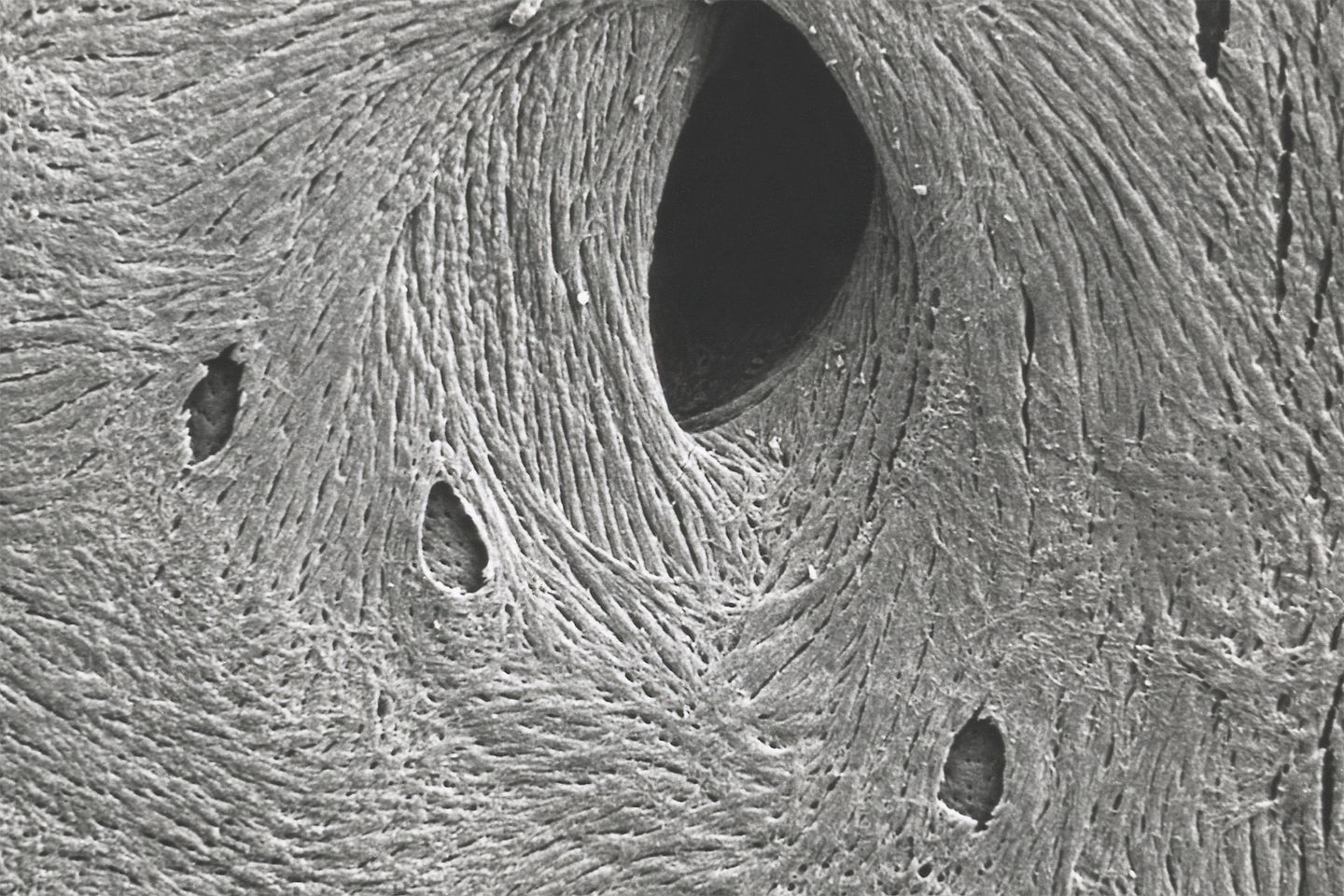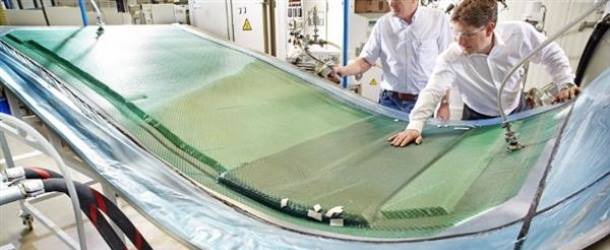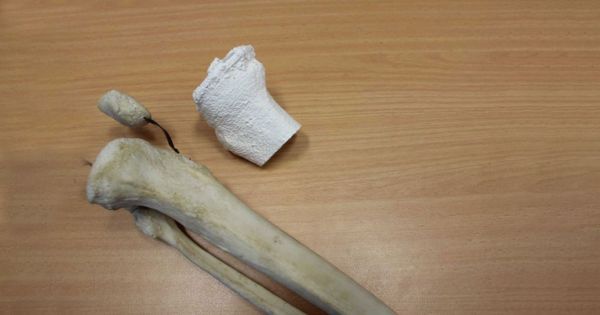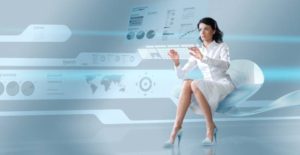The classic image of a robot is one clad in a rigid metal shell, but that might not be practical in situations where man and machine will need to work together. The emerging field of soft robotics is helping to make that collaboration safer, but recreating muscle is no easy task. Now, mechanical engineers from Columbia University have developed a synthetic soft muscle that’s said to be much more simple to make and run than others, and is three times stronger than the real thing.
Most soft robots are powered by pneumatic or hydraulic systems, with their movements controlled by filling and emptying bladders with liquids or gases. The problem is, that usually requires bulky external components like compressors, which prevent the systems from being shrunk down to practical sizes.
The system developed by the Columbia team is based on a natural muscle. It’s made of silicone rubber matrix pocked with micro-bubbles of ethanol, giving the material low density and high elasticity. It can be 3D printed into whatever shape is needed, then electrically actuated thanks to a thin resistive wire embedded inside. Altogether, it can be made easily, cheaply and safely.
